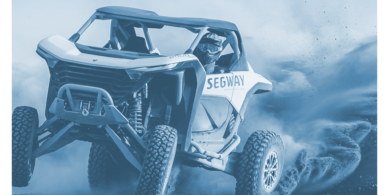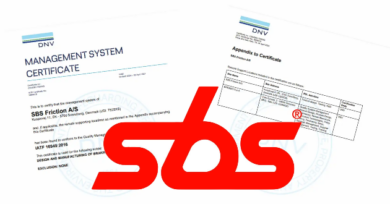Jul. 13, 2009 – New on-road sound test standard now available
A consistent and economical sound test standard that can be used to determine whether a street bike’s exhaust system emits excessive sound is now available, according to the American Motorcyclist Association (AMA).
The Society of Automotive Engineers International (SAE) produced the test standard, which establishes instrumentation, test site, test conditions, procedures, measurements and sound level limits.
According to the SAE, the J2825 standard is based on a comprehensive study of a wide variety of on-highway motorcycles.
“The motorcycling community and law enforcement have long sought a practical field test for measuring street motorcycle exhaust sound,” Ed Moreland, AMA vice president for government relations, said in a press release. “Thanks to the hard work of the Motorcycle Industry Council (MIC), and the SAE engineers involved in the project, for the first time a simple field test is now available.”
A costly venture
Three years ago, the MIC initiated and began executing a $250,000 project, conducting field-testing, analyzing the data and providing the initial draft standard. A representative sample of 25 motorcycles and more than 50 aftermarket exhaust systems were tested. Collaborating with the MIC throughout, the SAE Motorcycle Technical Steering Committee validated the scope of work and co-wrote the final standard. “The winners are riders everywhere, who no longer need to be subjected to arbitrary local jurisdictions,” said MIC President Tim Buche.
Moreland adds that the new standard follows a template established years ago with the off-highway motorcycle sound test, a standard recommended by the AMA wherever off-highway motorcycles are operated.
The street bike measurement requires holding a calibrated sound meter at a 45-degree angle
20 inches from the exhaust pipe of a running engine. The procedure spells out how to do the test with the bike at idle, at a predetermined engine speed (“Set RPM Test”), or by slowly increasing the engine speed of the bike, known as the “Swept RPM Test.”
The new standard, prepared by the SAE Motorcycle Technical Steering Committee, recommends a decibel limit of 92 dBA at idle for all machines or — using the Set RPM or Swept RPM Test — 100 dBA for three- or four-cylinder machines, and 96 dBA for bikes with fewer than three or more than four cylinders.
Top Priority
The creation of a new street motorcycle sound measurement procedure was a top recommendation of the 2003 National Summit on Motorcycle Sound, expressed by its Motorcycle Sound Working Group. The AMA organized the National Summit on Motorcycle Sound to pull together riders and user organizations, representatives of the motorcycle manufacturers, the aftermarket industry, racing promoters, government agencies and others to develop proposals regarding the increasingly controversial issue of excessive motorcycle sound.
The new test “allows jurisdictions around the nation, struggling with complaints about excessive motorcycle sound, to set reasonable limits in accordance with the SAE standard,” said Moreland. psb




